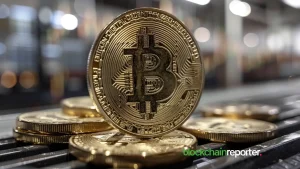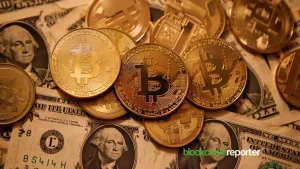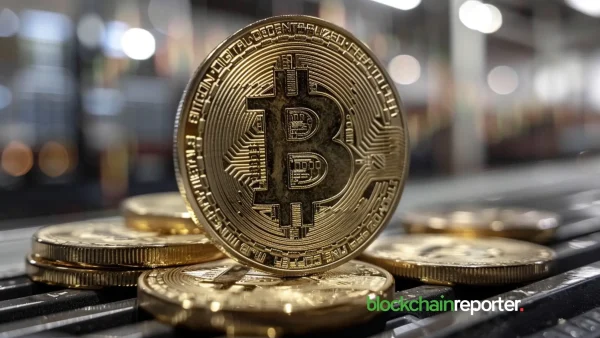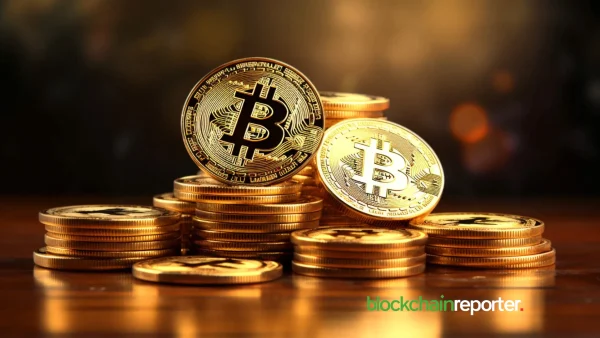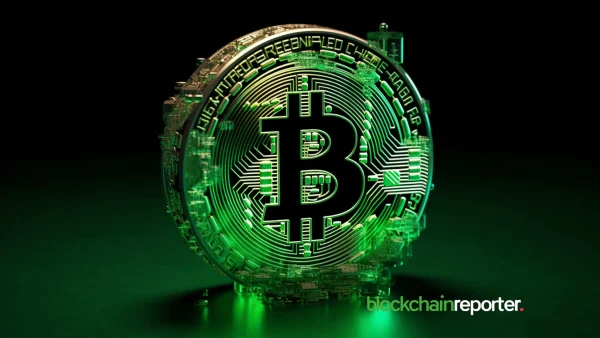In the evolving world of trading, the age-old debate of traditional assets versus newer entrants is gaining momentum. At the heart of this discourse is the comparison between Bitcoin (BTC) trading and silver trading, each boasting its distinct merits and challenges. When the opportunity arises to invest in cryptocurrencies, it’s important to choose a reputable exchange like Immediate Peak which offers a user-friendly interface and robust security measures.
Understanding the Markets
The BTC market operates on a network of digital exchanges where traders can buy, sell, or hold their cryptocurrency. Unlike traditional exchanges, these platforms exist primarily online, reflecting the inherent nature of digital currencies. This digital-only presence gives rise to a 24/7 trading cycle, which is a departure from the traditional stock markets that have set opening and closing times. The very essence of the BTC market, marked by its decentralized nature, means that it’s less influenced by central bank policies or national economic indicators. However, this also makes it more susceptible to price swings, leading to higher volatility. This volatility can be attributed to a variety of factors such as news on regulatory changes, technological advancements, or significant trades that can dramatically shift supply and demand.
On the other hand, the silver market carries with it centuries of trading history. Traded on both traditional exchanges and over-the-counter markets, silver, like its precious metal counterparts, holds a tangible value in the global economy. Its price isn’t merely dictated by traders’ speculations. Several factors come into play: industrial demand, mining costs, macroeconomic indicators, and even geopolitical scenarios can influence its price. Additionally, while silver does experience price fluctuations, it is generally considered less volatile than Bitcoin. The silver market’s stability is rooted in its diverse applications, ranging from jewelry and ornaments to high-grade electronics and renewable energy technologies.
Advantages & Disadvantages
In the vast landscape of trading, both BTC and silver present their own unique sets of advantages and drawbacks, each shaped by the distinct natures of their markets and the factors influencing them.
BTC trading has rapidly grown in popularity, with several clear benefits driving this surge. One of the standout advantages is its high liquidity. Given the global nature of cryptocurrency exchanges, there’s a continuous stream of trades happening around the clock, allowing for quick buy and sell orders. This immediacy is further amplified by BTC’s universal appeal, unbounded by geographical or national constraints. Potential for large returns is another enticing aspect of BTC trading. As a relatively new and rapidly evolving asset, Bitcoin has showcased significant price jumps over short periods, offering opportunities for sizable profits. Lastly, the ease of entry into the BTC market means that anyone with an internet connection and a digital wallet can begin trading, democratizing the trading landscape.
However, BTC trading isn’t without its challenges. The same volatility that offers high rewards can swing the other way, presenting dramatic price drops and posing significant risks. Regulatory concerns add another layer of complexity. As governments worldwide grapple with the rise of digital currencies, regulatory stances can change, impacting trading dynamics. Moreover, while the decentralized nature of BTC is one of its core strengths, it also leads to concerns about security. Without centralized oversight, traders are often at the mercy of exchange platforms, which, if compromised, can lead to significant losses.
Silver trading, a stalwart in the trading arena, comes with its own set of merits. As a tangible asset, there’s an intrinsic value associated with silver, derived from its myriad of applications across industries. This tangibility offers a sense of security, knowing that one holds a physical commodity with real-world utility. Historically, silver has showcased stable returns. While it might not provide the skyrocketing growth seen occasionally in assets like Bitcoin, it offers consistent, steady appreciation, making it a safer bet for conservative investors. Furthermore, including silver in a portfolio provides diversification, serving as a hedge against more volatile assets.
But even silver trading has its challenges. One of the primary concerns is the need for physical storage. Unlike digital assets that can be stored on a computer or a digital wallet, silver requires secure, often costly, storage solutions, especially when trading in significant quantities. Its appreciation, while stable, is generally slower compared to more volatile assets, potentially leading to missed opportunities for rapid growth. Lastly, there have been instances of market manipulation in the silver market. Large players, sometimes with deep pockets, can influence prices, making the market less transparent and predictable for smaller individual traders.
Conclusion
While BTC offers a modern approach with high potential returns, silver provides stability rooted in history. Traders must weigh the distinct advantages and drawbacks of each, making informed decisions tailored to their individual goals and risk appetite.
This article is not intended as financial advice. Educational purposes only.


